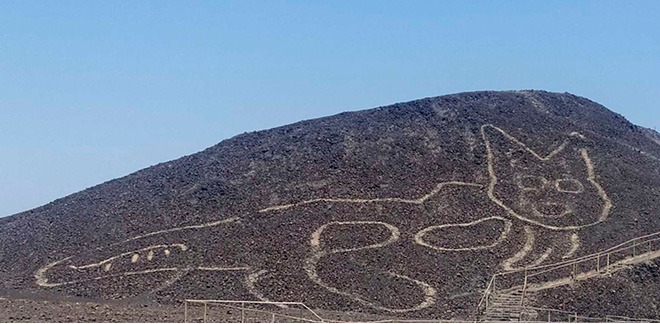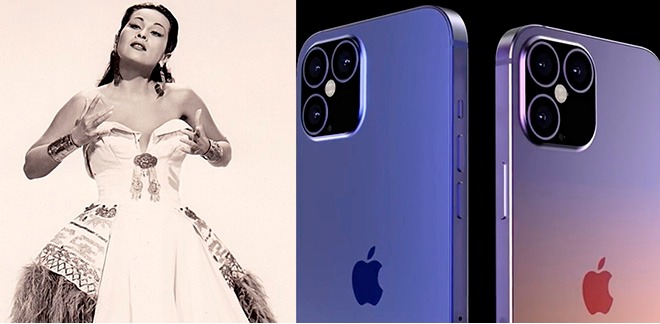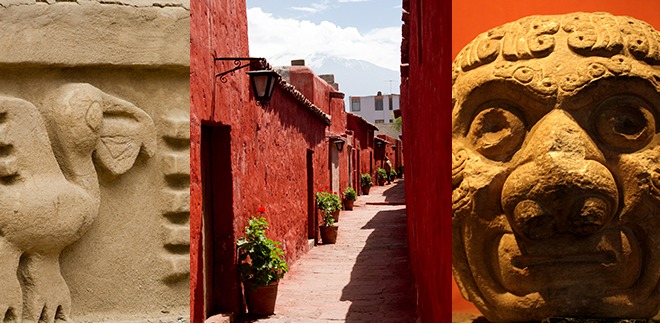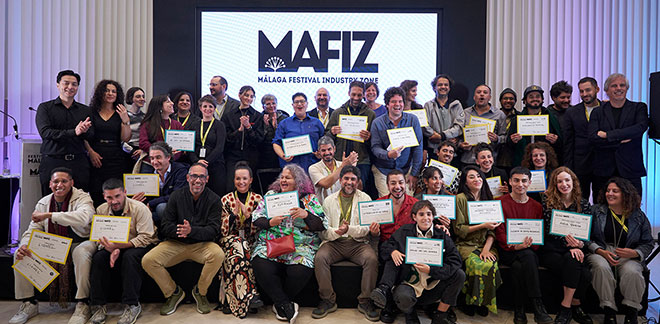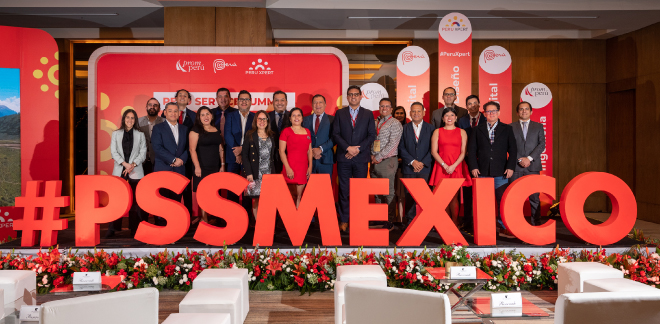The Scissors Dance: Intangible Cultural Heritage of Humanity
Síguenos en:Google News
Folklore is undoubtedly one of the greatest sources of pride for countries. The inhabitants of a country identify with local artistic expressions, including traditional dances. In Peru, there is a wide variety of traditional dances that are known internationally, including the “scissors dance”, recognized by UNESCO as part of the Intangible Cultural Heritage of Humanity on November 16, 2010.
The scissors dance is an Andean ritual that is practiced in different cities in Peru, mainly in the Departments of Huancavelica and Ayacucho. It stands out for its originality, ancient roots, and symbolic value. The man who dances plays the role of the “mediator” between Mother Earth and the Andes and the settlers, managing the connection between them.
The origins of the dance date back to the 16th century when it was called “Taki Onkoy”, a Quechua expression and movement of the time that means “the rebellion of the Huacas”. It originated in the ancient region of Chanka (which today corresponds to the departments of Ayacucho, Huancavelica, and Apurimac), where, after the Spanish conquest in Peru, the priests of Taki Onkoy announced throughout the country that the centers of worship or huacas that had been destroyed by the Spanish were still in existence, in addition to proclaiming the end of the oppression by the conquistadores. These priests were driven by the force of the APUS and the PACHAMAMA to dance and communicate the message that everything that surrounds us on Earth and in space has life.
This representative dance from the mountainous regions of Peru is very colorful and powerful. It includes impressive acrobatics by the dancers, who are called “Danzaq”, whose creativity and dexterity in the dance steps amazes spectators. During the scissors dance, the man dances while carrying scissors called “female” and “male”, shaking, clinking, and moving them in the different choreography sequences, which are:
- Marcha: Where the dancer walks on tip-toe, saluting the audience and the patron saint of the festival.
- Ensayo: The dancer begins the contrapunteo.
- Pukllas: the sound of the scissors.
- Tuku Menor or Counter Dance: In this stage, the dancers execute steps on the tips of their toes, but it is not sequential.
- Tuku Mayor: dancers execute acrobatics such as leaps and strength exercises.
- Wañuy Unccuy: all of the danzaq remove their hats.
- Golpes: the dancer demonstrates his technique and agility.
- Agua e nieve (Water and snow): the dancer challenges his rival.
- Sequence of choladas: the dancers show off their best steps until one of the two concedes.
- Prueba de valor (Test of bravery): the dancers carry out violent movements with their bodies.
- Prueba de sangre (Test of blood): the dancers carry out bloody actions with their bodies.
The danzaq transfers the tradition of this dance from generation to generation. Traditional dancers teach their art to their successors from childhood, which has made it possible for this mythical dance to endure over time. The Scissors Dance has survived up until today with impressive support, attracting more and more adherents and fans who travel year after year to witness this unique traditional folklore in person.



